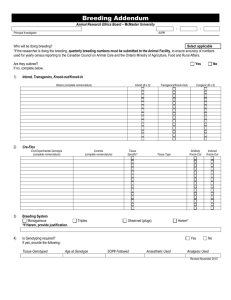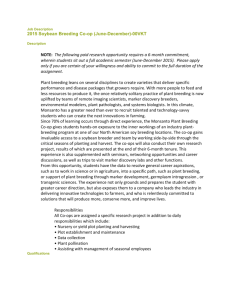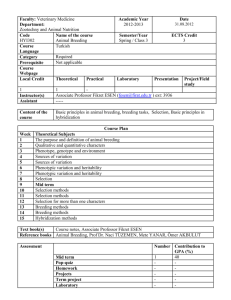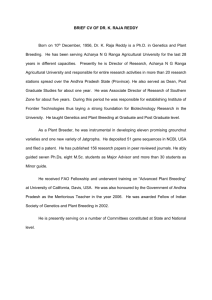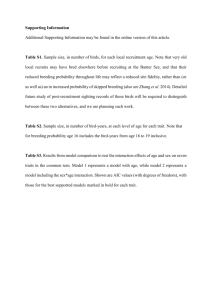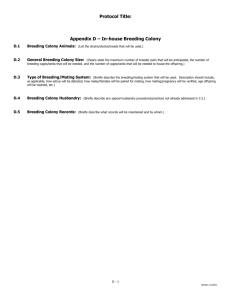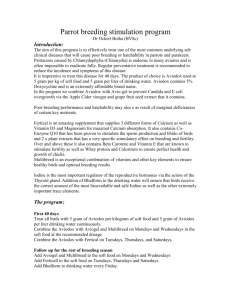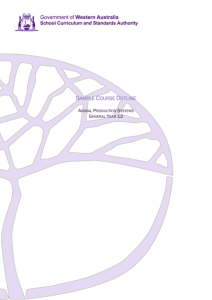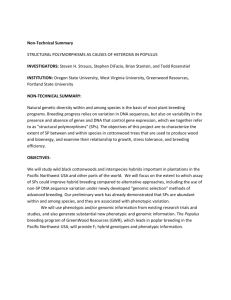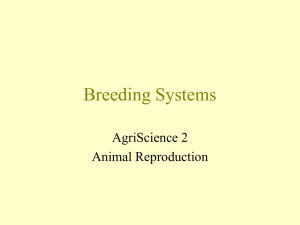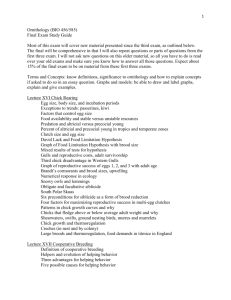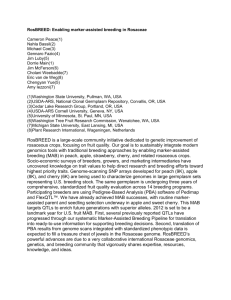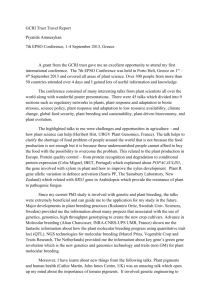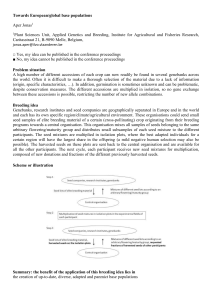Malaria - Clydebank High School
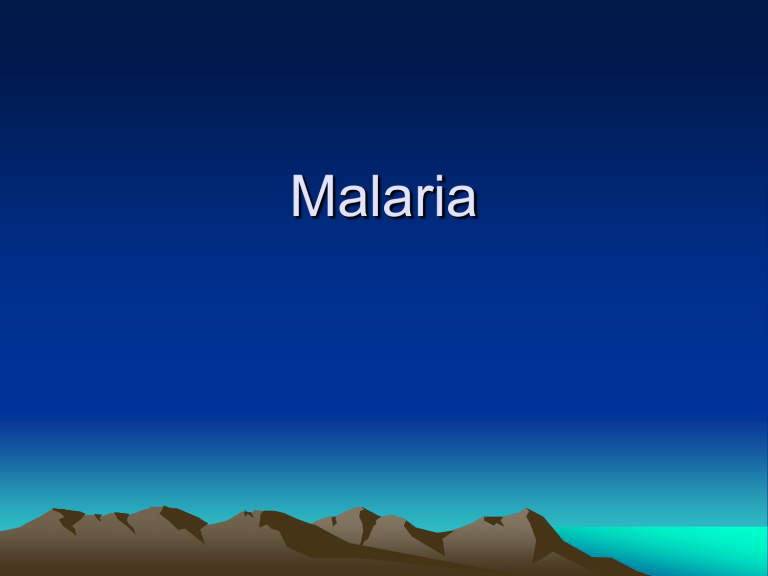
Malaria
Human Factors
• The following factors encourage the spread of the disease.
• Overcrowded living conditions provide a blood bank.
• Poor sanitation and drainage encourage the spread of the disease.
• Lack of understanding and education means people have no way of knowing how to protect themselves against the disease.
• Malnutrition means the body is less able to fight off disease.
• Migration.
• Stagnant water provides a breeding ground.
– Water Tanks
– Irrigation Channels.
Environmental Factors
• Suitable breeding sites stagnant water provides a breeding ground.
• Hot wet climate 16 degrees to 40 degrees encourages.
• Areas of shade where the mosquito can digest the blood.
• Isolated settlements and the relief
of the land means limited access to health care.
Control Method
Insecticides – DDT and
Malathion
Effectiveness.
Mosquitoes become resistant.
Impact on the environment.
Expensive.
Expensive, Side effects, Resistance.
Anti Malarial Drugs –
Chloroquine, Malarone.
Releasing water from
Reservoirs.
Expensive, reliance on water for irrigation.
Drainage of Breeding sites.
May be only source of water for a community.
Planting Eucalyptus Trees.
Soaks up the moisture. Expensive, soils.
Small fish in paddy Fields.
Effective and provides a source of food.
Mustard seeds drown larvae.
Egg whites suffocate larvae.
Would rather eat the mustard seeds.
Would rather eat the eggs..
Education campaigns such as road shows
Very effective but expensive and often difficult to reach isolated villages.
Reliance on foreign aid.
Preventative measures, nets, screens on windows, avoid going out at night with bare skin.
Prevention is better than cure.
Expensive to buy nets and insecticides.
Make sleeping very uncomfortable.
Used for fishing nets.





